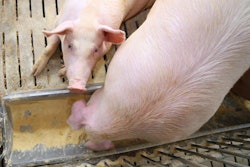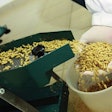
Several questions arise when it comes to supplementing feedlot beef rations with yeast
In my endeavor with feedlot beef cattle nutrition, I came across the issue of yeast. I had to answer several questions and, as always, I used a combination of research and practical experience. Although I am more known for my work on pigs, I have always kept part of my business on beef (and other species) because they offer an interesting, yet quite familiar, variety to everyday work.
So, the first question is whether feedlot beef rations should be supplemented with a yeast product. As always, there is no single answer as not all farms are the same. In brief, my approach is that, in ideal situations, such rations will not see much of a benefit. When it comes in operations with mixed breeds and mixed ages, it is my experience that the greatest benefit will be experienced in those animals that are not performing to their potential.
The second question is even more intricate. Should we supplement dead or live yeast? Here, with dead yeast, I will also include products of yeast that are sold along with their growth substrate (the metabolites as per marketing lingo). In truth, I am not convinced this is a legitimate question at all, that is dead or alive. In my opinion, these are two different products offering distinct functional properties and work completely differently in the rumen. So, for me, the question is which one should be used, and here comes the next question.
The beef industry is not known for its high profitability. Thus, cost is a major concern, and feed cost an even bigger one. In growing and finishing beef cattle, very few additives really work. Yeast is one of them and deciding between dead or live yeast depends on what is the major issue we are trying to address and then using the right product. In my books, I am using one product for the semi-intensive feeding program and a different one for the intensive (and super-intensive) programs.
So, why not add both at the same time? I am not convinced it would work, but on the other hand, I am not familiar with any research on such hypothesis. It would be an interesting trial for sure.


















